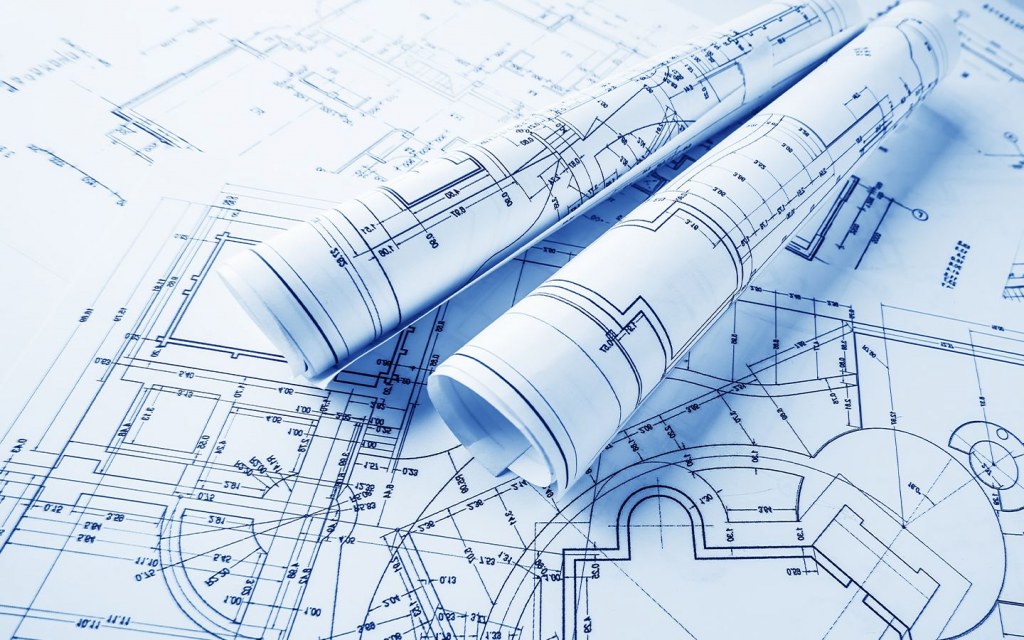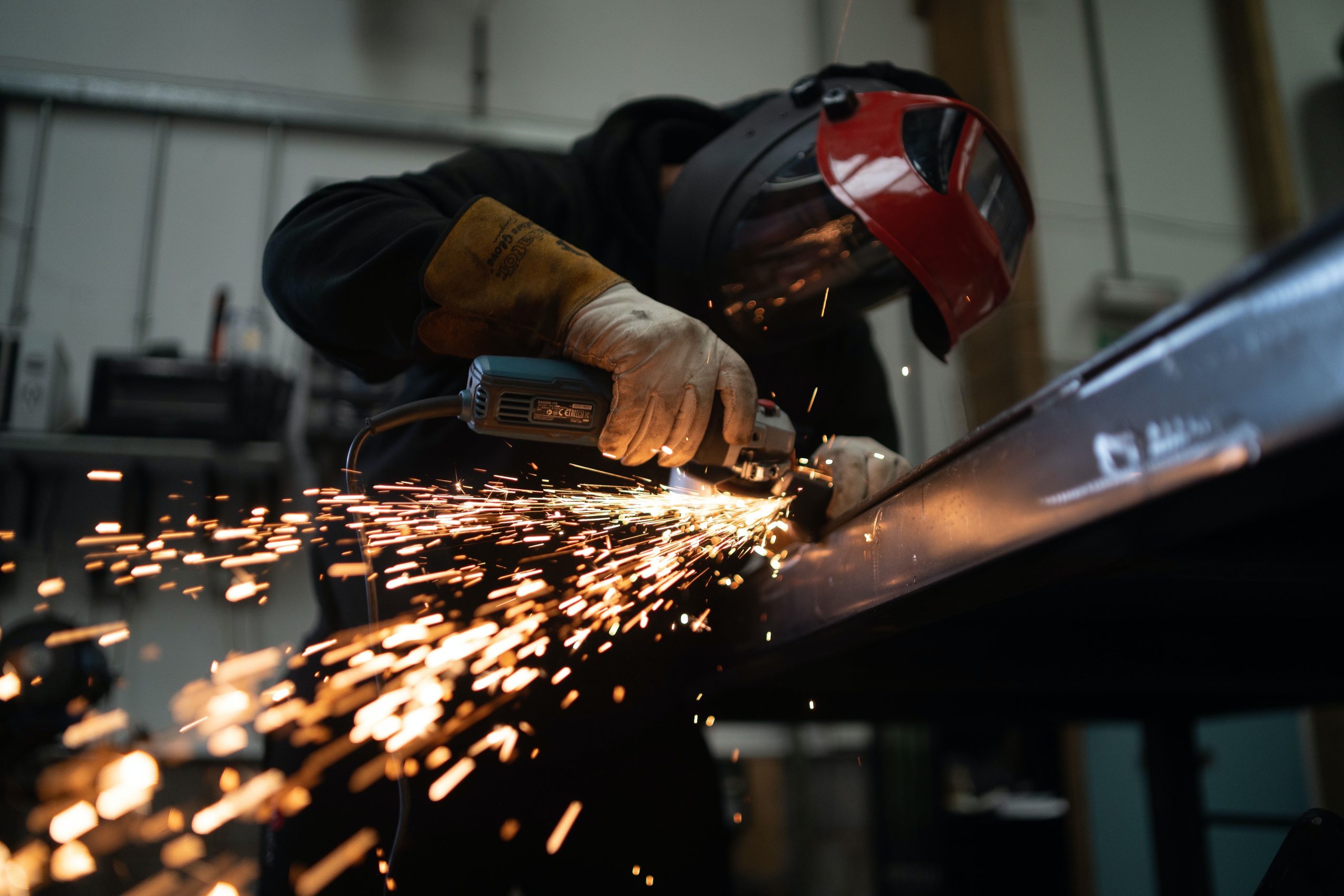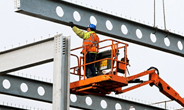Economy

US Production and Capacity Utilization Rise in November
Written by Sandy Williams
December 16, 2013
U.S. industrial production jumped 1.1 percent in November after inching up a revised 0.1 percent in October, according to information released by the Federal Reserve Board on Dec. 16. Manufacturing output increased 0.6 percent for its fourth consecutive monthly gain.
Utilities saw a surge of 3.9 percent as winter weather boosted demand for heating. Automobile vehicle and parts production increased 3.4 percent after sliding 1.3 percent in October. Durable goods were up by 0.8 percent for the month. Mining production turned around in November, advancing 1.7 percent after a decline of 1.5 percent in October. Declines of 0.2 percent were seen for primary metals, machinery, computers and electronic products, aerospace and miscellaneous transportation equipment. Wood products, fabricated metals and appliances were up 1 percent or more.
Total industrial production climbed 3.2 percent year-over-year, surpassing its prerecession peak of December 2007 and climbing 21 percent from its lowest point in June 2009.
Capacity utilization for the industrial sector was 79.0 percent, an increase of 0.8 percent from the preceding month and 1.8 percent year-over-year. The jump exceeded analyst expectations of 78.4 percent.
Overall, the statistics indicate a healthy month for industrial production in November.

Sandy Williams
Read more from Sandy WilliamsLatest in Economy

Architecture billings continue to slide in March
Architecture firms said billings continued to decline in March, according to the latest Architecture Billings Index (ABI) released by the American Institute of Architects (AIA) and Deltek.

Beige Book shows concerns about trade policy
Manufacturing was mixed, but two-thirds of districts said activity was little changed or had declined.

New York state manufacturing index drops again in April
Firms were pessimistic, with the future general business conditions index falling to its second lowest reading in the more than 20-year history of the survey

Construction adds 13,000 jobs in March
The construction sector added 13,000 jobs, seasonally adjusted, in March, but tariffs could undermine the industry.

Supply chains, end-users brace for impact from tariffs
Supply chains are working through what the tariffs mean for them
